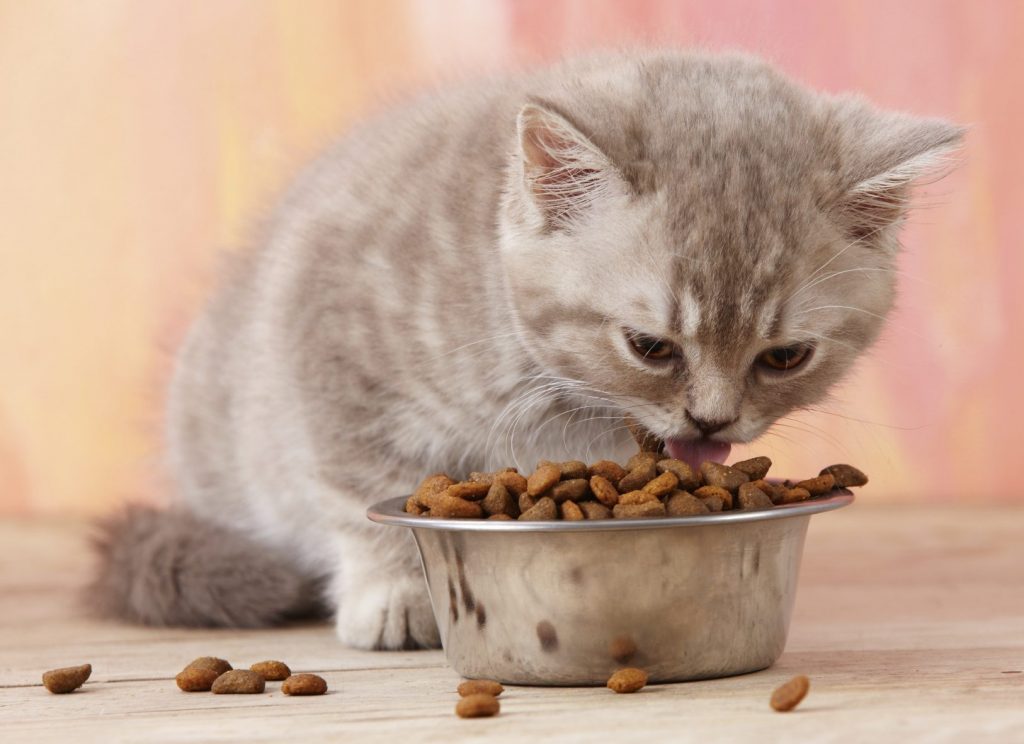Why are cats picky eaters? There is some science to a cat’s discerning palate, and also some cat behaviors you should take into account in order to understand your cat’s eating habits.
Stress and Taste
If you just adopted a new cat and you’re worried that he or she is not eating enough, there are two things to consider: stress and taste. Being adopted, switching homes, being introduced to a new environment and a new food sounds traumatic to a human, so it’s easy to imagine how a kitten or cat feels. Humans often have lowered appetites- when they’re heavily stressed, and cats are not so different. Once the cat warms up to his or her new environment, they will regain their appetite and you’ll forget that you were ever concerned they’d starve. Also, if the kitten is very young, he or she might not be accustomed to cat food, as they’re still used to feeding from their mother. If the cat is of adult age, odds are high that the cat spent the majority of its life eating one kind of food. Street cats scrummage for food, while family cats who were given up for adoption may only have a taste for the previous owner’s chosen food. You’ll have to play around with this until you find the right match, but the cat will eat if it gets too hungry. Don’t worry, things will get easier!
The Science & Research Of Why Cats Eat the Way They Do
Science and research have also broken down cat tastes, providing better insight into why cats eat the way they do. Evolutionarily speaking, cats in the wild needed to find the easiest source of protein possible for sustained energy, so they went for meat. To this day, cats often thieve ham or turkey or sausage off an unsuspecting owner’s plate, and eat dry or wet food that is made from chicken, salmon, or turkey. Smell also plays an important role for cats, as they are attracted to food based on how much they can smell it. If your cat is being finicky about a new food, try adding some meat-based wet food to “stink it up” a bit. Because of the way cat’s teeth are designed, cats do not actually chew their dry food very much, as cat owners can attest when they have to clean up the food their pet just threw up all over the carpet. This means cats are more drawn to moist, softer foods and will prefer that over dry, stale food that we often see in pet store bag varieties.
If you have an older cat who gets the notorious “Prissy Face” whenever you try to serve them some sub-par selection, you know the frustration associated with switching foods. If you must switch foods, whether because the cat is newly adopted or because their needs change as they age, keep in mind that cats are not all that fond of change. Slowly introduce the food, mixing with their old food if it is available. If not, mixing their new food with a little bit of wet food may entice them enough to get them to eat it. At the end of the day though, cats will not allow themselves to starve and they will eat when they are good and ready. After all, cat lovers know you can’t make a cat do anything it doesn’t want to do.










